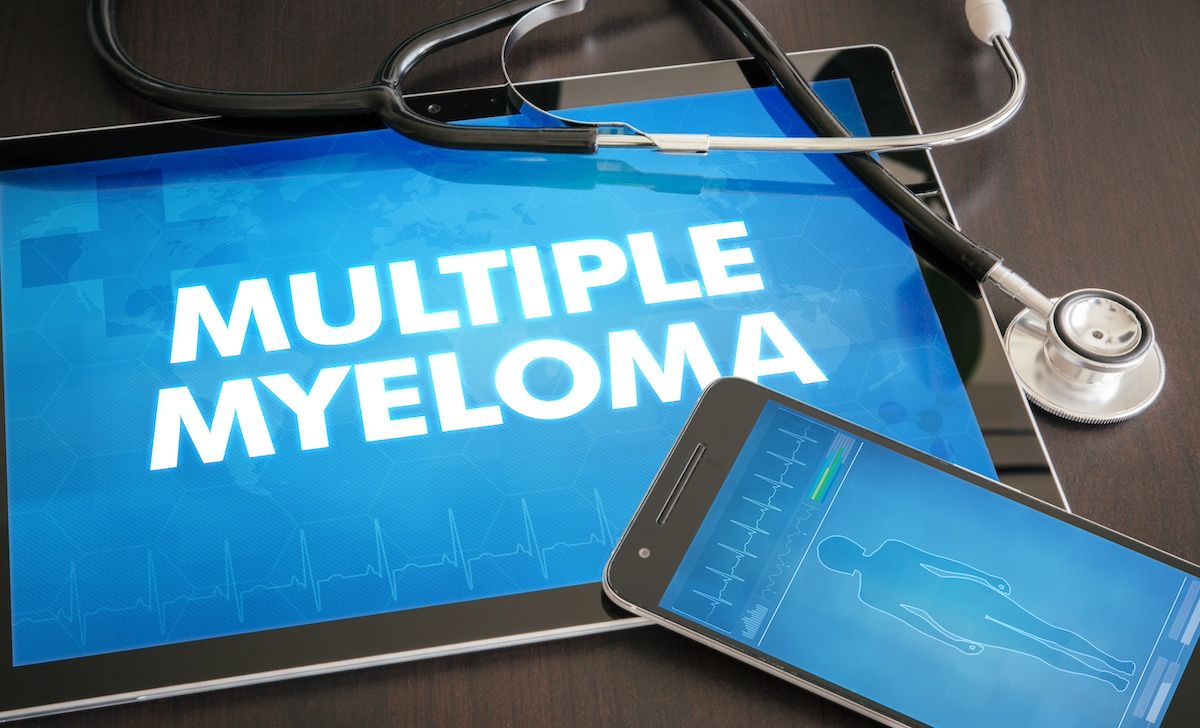- Center on Health Equity & Access
- Clinical
- Health Care Cost
- Health Care Delivery
- Insurance
- Policy
- Technology
- Value-Based Care
Lower Tregs Linked With Survival in Multiple Myeloma
The findings contradict previous research suggesting high-risk patients with multiple myeloma were more likely to have a higher percentage of regulatory T cells (Tregs).
Patients with multiple myeloma (MM) are more likely to experience early relapse if they have a lower percentage of regulatory T cells (Tregs) at diagnosis, a new report published in Cancer Medicine has found.1
Low Tregs might also be an indicator of functional high-risk (FHR) status, the authors noted.
Corresponding author Fang Xu, PhD, of the University of Electronic Science and Technology of China, and colleagues wrote that assessing risk is critically important in MM because the disease is curable, and almost every patient will eventually relapse. Xu and colleagues pointed to a 2023 study that showed that more than 1 in 10 (11.6%) of patients who are not categorized as high risk using traditional baseline risk assessments will still go on to have an early relapse, which they defined as relapse within 18 months.2
“Therefore, identifying patients with functional high risk early has brought increased attention,” Xu and colleagues wrote.
The findings that patients with multiple myeloma are more likely to relapse early if they have a lower percentage of regulatory T cells at diagnosis contradicts previous research.
Image credit: ibreakstock - stock.adobe.com

FHR refers to patients who will experience an aggressive disease course and early relapse even when treated with novel agents like proteasome inhibitors and/or immunomodulatory drugs, autologous stem cell transplantation (ASCT), and CD38 antibodies, they wrote.
To identify FHR patients, Xu and colleagues started with the tumor microenvironment. Within the MM tumor microenvironment, Tregs play a particularly important role.
“Tregs can suppress the body's immune response, thereby weakening the immune attacks on tumor cells,” they said. “Secondly, Tregs may promote tumor growth and survival by regulating the immune response in the tumor microenvironment.”
The investigators hypothesized that studying patient Tregs at diagnosis might therefore provide insight into potential correlations between Tregs and early relapse.
The authors identified 70 patients who were newly diagnosed with MM between 2016 and 2023. Participants’ Tregs were assessed at baseline. Early relapse was defined as relapse within 18 months following initial treatment or relapse within 12 months of ASCT. Sixteen patients in the study went on to have early relapses.
In the cohort as a whole, neither the median progression-free survival (PFS) nor the median overall survival (OS) was reached. However, in patients with early relapse, the median OS was 24.8 months and the median PFS was 10.8 months.
When the investigators analyzed patients’ medical records, they found that elevated serum creatinine levels, the presence of extramedullary disease, and a lower percentage of Tregs at diagnosis were associated with early relapse. Extramedullary disease and Tregs were found to be significant predictors of early relapse in multivariate analysis.
Previous research has suggested features like elevated LDH, extramedullary disease, and high-risk cytogenetic abnormalities were associated with early relapse.
“Our results indicate that when traditional high-risk biological factors are incorporated, Tregs at diagnosis were demonstrated to be an independent risk factor for ER18 (early relapse),” they wrote. “Therefore, Tregs at diagnosis may be used to predict some type of FHR.”
Conversely, patients with a higher percentage of Tregs at diagnosis tended to have better outcomes.
Xu and colleagues acknowledged that their findings are at odds with a handful of previous studies that suggested higher Tregs were associated with poorer OS and PFS. One reason for the discrepancy may be changes in treatment regimens over time. They also noted that their study was a single-center study with a small sample size.
Still, they said their findings suggest that Tregs at diagnosis could be an important factor to incorporate into treatment planning as clinicians seek to personalize care.
References
- Zhou Q, Xu F, Wen J, et al. Tregs at Diagnosis as a Potential Biomarker for Predicting High-Risk Functionality in Newly Diagnosed Multiple Myeloma. Cancer Med. 2025;14(11):e70980. doi:10.1002/cam4.70980
- Yan W, Xu J, Fan H, et al. Early relapse within 18 months is a powerful dynamic predictor for prognosis and could revise static risk distribution in multiple myeloma. Cancer. 2024;130(3):421-432. doi:10.1002/cncr.35056
